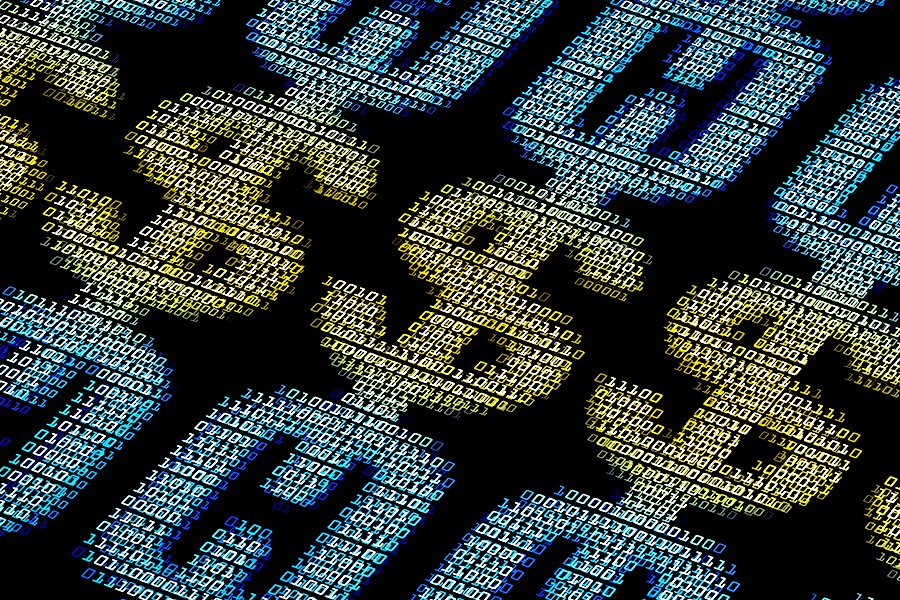
Blockchain technology has been named as an innovative concept with the potential to transform how industries operate.
Applications and solutions built on blockchain offer more flexibility, security, scalability, and high transparency. Being built on a distributed ledger technology allows multiple parties to share information and transactions without the need for a central authority.
In recent years, blockchain has become increasingly popular, and many businesses are exploring the potential of applications built on it. This article looks deeper into the step for blockchain application development to help you build them on the right footing.
The basics of blockchain applications
Before you embark on the process of blockchain app development, it’s critical to understand the basics. This requires that you consult with the industry experts for guidance. Blockchain technology can be said to be relatively new and with a steep learning curve. You’ll need help deciding on issues like the best programming languages and platforms to use. Here are the steps you need to take:
Step 1: Plan for your blockchain application
Planning is a crucial step in this process and it’s where you define the explicit needs, use cases, and purpose of the app. You need to start with a project roadmap that outlines the required milestones and timelines of the project. This includes identifying the key deliverables as well. Further, you need to define a target audience as this is significant and essential in an application that meets the needs of its users. Here’s what to do during the planning stage:
- Identify a problem: You can’t just start planning for the unknown when building an app. First, find your issues and pain points. The issue you’re trying to solve could be anything. You could be focused on lowering production or operational costs, boosting efficiency and productivity, improving cross-border transactions or eliminating counterfeits and fraud. The bottom line is you should have a clear issue you want to build a solution for.
- Define a purpose and scope: Once you have a specific problem you want to solve, the next practical item to put in your plan is the purpose and scope of your app. This is where you define what the app is intended to do and for who. You also want to lay out data management rules and access levels.
- Identify main stakeholders and their needs: Your stakeholders can be the customers, partners, suppliers, or regulators. Knowing whom you’re developing the app for will help you understand their needs and therefore, design an application that meets and satisfies the intended purpose.
Selecting the appropriate blockchain platform: Also, in planning, you need to decide on the most appropriate blockchain network for the app. Needless to say, you have several options you need to choose from, such as Ethereum or Corda. Each platform offers its set of benefits and features but also some downsides. All you need is to pick the one that satisfies your needs.
Step 2: Designing the blockchain application
After the planning process comes designing the application. This is where you decide on the intricate things about your app so that it runs as it should. These are the steps to follow to achieve the best design:
- Create a system architecture: The architecture is the overall structure of your app and the data it will store. It involves designing all the app components and how they’ll interact with each other.
- Smart contracts designing: These contracts are coded to self-execute when parties meet all the conditions. They automate the verification and enforcement of terms in the app. Once you have a system architecture, you need to write these contracts. This is a critical step and it defines performance and outcome.
Here, you should distinguish what the contacts will perform in terms of workflows and business logic. The code needs to be in a language that’s compatible with the blockchain platform you picked. During this step and others below, an efficient smart contract audit is needed.
- User interface creation: The user interface (UI) and user experience (UX) of your blockchain application is crucial. This is what helps you to attract and retain users on the app. The best practice is designing a robust, intuitive, and user-friendly interface that the audience will enjoy interacting with and understand easily.
- Define roles and permissions: Defining the roles and permissions of participants on the blockchain is key to improving user privacy and boosting app security. Implement the permissions you identified in your plan as to who has access and modifying rights to the data. Also, define who and how the smart contracts are executed, and the app administrator.
Step 3: Develop the app
The next practical step is creating the features that make your app functional enough to solve the issue you’re facing in your business or organization. It involves:
- Setting up the development environment: For any app development, you need the proper setting. Pick the necessary tools and software to enable you to develop, test, and deploy your app. This environment will highly depend on the platform you’re building it on
- Testing smart contracts: You need to check that your smart contract code has no bugs and that it executes the business logic you intended. Some of the common tools for testing the code for the contracts include Ganache, Remix, and Truffle.
- Develop front-end and back-end: This step also involves developing the front-end and back-end of the app. You need to integrate the smart contracts with the front and back end to ensure that they communicate with each other correctly.
- Integrations: The point here is ensuring the application interacts with the platform and other software correctly and that the contracts are deployed to the network.
Step 4: Testing and deploying the app
When you’ve completed the above steps, test your app to check that it functions right. Once the testing is completed, the application can be deployed to the public. But before this final step, these are the things you should look into:
- App security: Security is a critical aspect in building any kind of application, especially those on blockchain networks. Check that the app is secure from attacks and that the user data is protected.
- Support and maintenance: You need to monitor and maintain the app regularly. You need to keep up with updates and keep the app running smoothly.
Final thoughts
When building a blockchain app, you need a clear problem you’re looking to solve. Get it right in your choice of platform and tools, design the app architecture, write secure smart contracts, develop the frontend and backend, and test and deploy the application. Blockchain technology is still in its early stages, but you can learn more about it and reap the many benefits it can offer.
This content is part of the HWM Partnership.
- How To Choose The Right Corporate Travel Management Provider For Your Business?
- How Having A Dog Can Enhance Your Overall Mental Health
- 10 Tips To Maximize Your Air Conditioner’s Efficiency
- New Gear For Fall On The Rise For You And Your Harlem Home
- NYIC Launches ‘New York Proud’ Public Art Campaign Celebrating Immigrant Stories Across NYC
Become a Harlem Insider!
By submitting this form, you are consenting to receive marketing emails from: Harlem World Magazine, 2521 1/2 west 42nd street, Los Angeles, CA, 90008, https://www.harlemworldmagazine.com. You can revoke your consent to receive emails at any time by using the SafeUnsubscribe® link, found at the bottom of every email. Emails are serviced by Constant Contact









